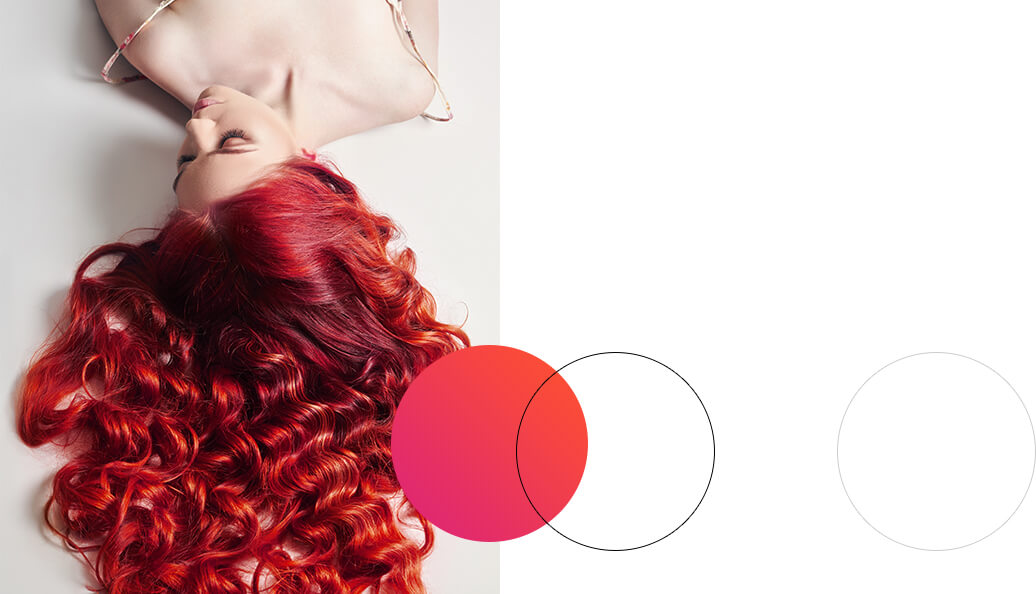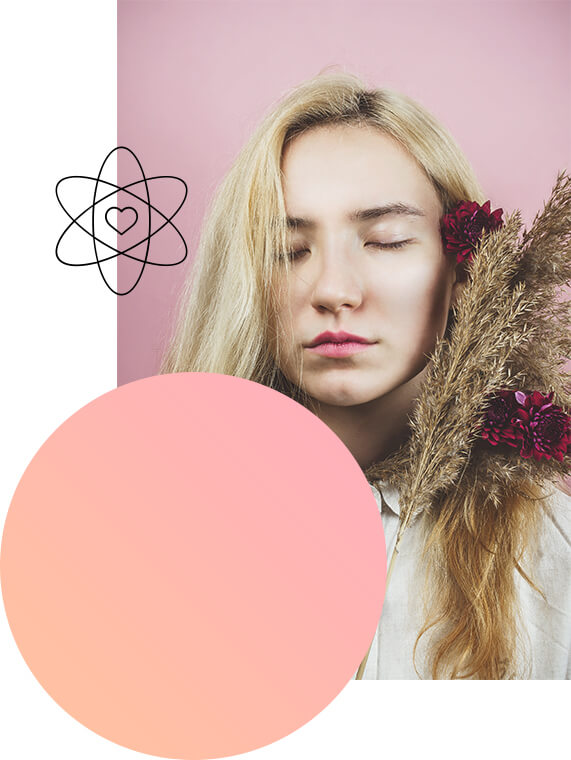
ammonia vs. no ammonia
We are all paying more attention to what's in our beauty products.
With the rise in popularity of clean beauty, we are looking more closely at those ingredient labels and getting rid of products that contain things that may be harmful to our skin, hair and health.
When it comes to hair color, you may keep hearing words like "ammonia" or "ammonia-free" and wonder if you should be choosing one over other.
You want to make sure you're using a safe hair color, as well as getting the results that you want for your hair.
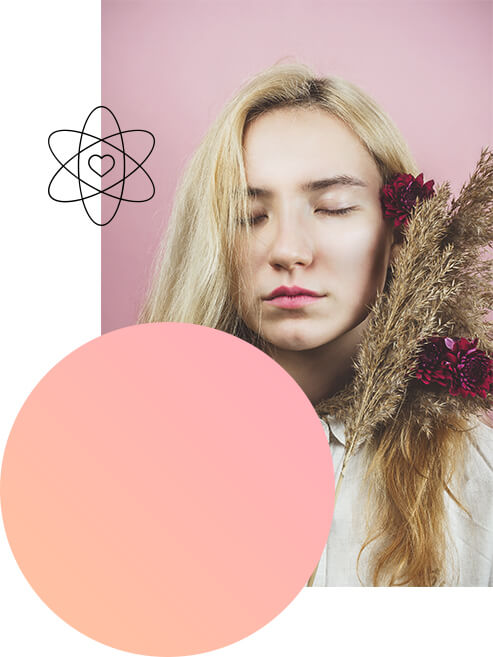
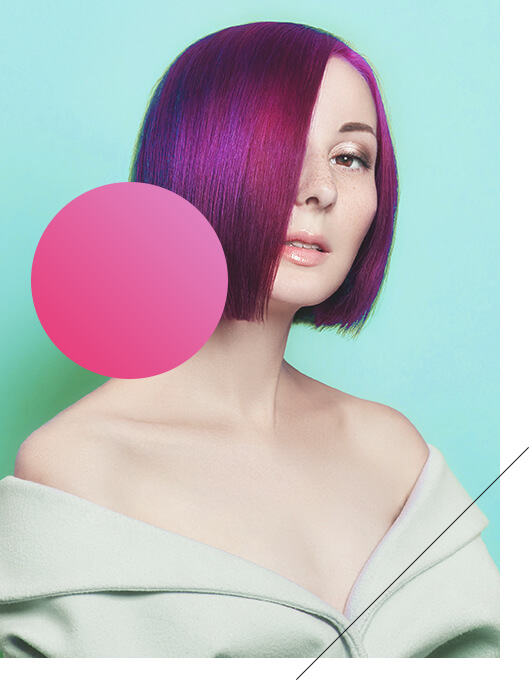

First things first
When trying to understand the difference between ammonia-based hair color and ammonia-free hair color, it's important to understand why ammonia is there in the first place.
The first and most important thing is that Ammonia is used in permanent hair color!
Ammonia is an alkaline chemical which causes the PH of our hair to rise while it is being colored. This allows for the color to lift the cuticle (think of the cuticle like a shell that protects the rest of your hair strand) and deposit your hair color into the hair's cortex (the cortex is where hair's pigment is found). Without the ammonia, the color would not be able to deposit the pigment deep enough into the hair strand for it to last. The color would instead lay on the outside of the hair's cuticle where it would soon rinse off and therefore it would not be permanent.
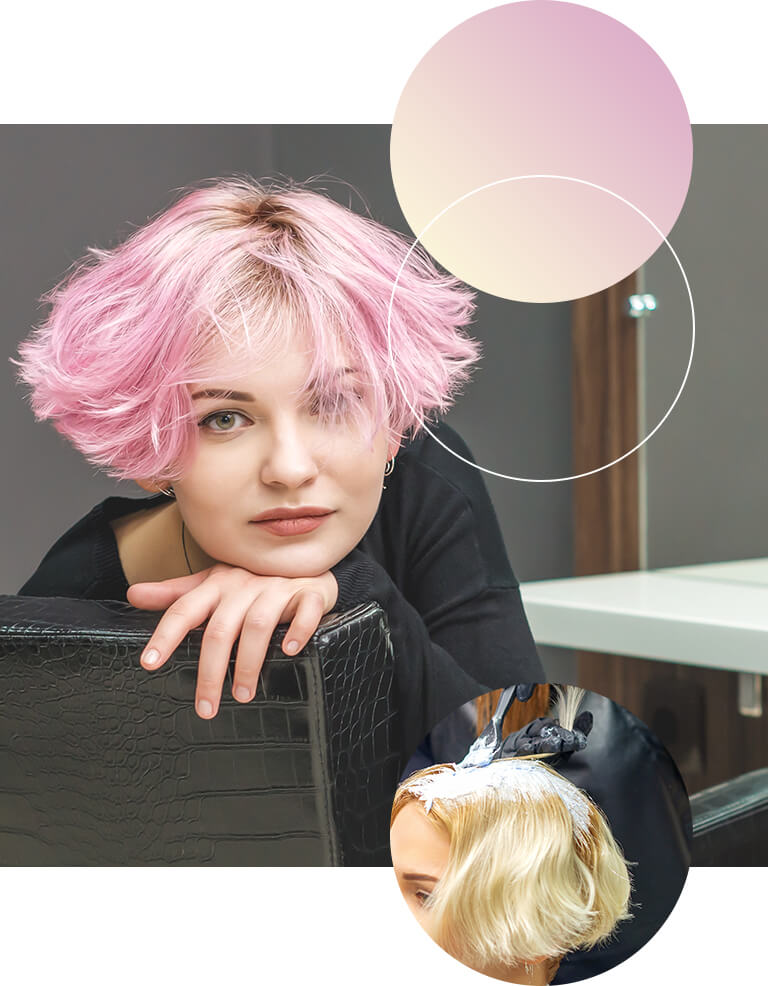
IF IT'S NOT AMMONIA THAN WHAT IT IS?
This is where things get a bit tricky! There are two types of ammonia - free color.
The first one is semi or demi permanent hair color which uses a low developer or no developer at all to deposit hair color. This type of color does not penetrate your hair strand and cannot lighten your hair. Instead it lays on the outside of the hair and rinses out gradually.
There is also permanent ammonia-free hair color. Keep in mind, ammonia-free does not mean chemical-free or all natural. This hair color still needs an alkalizing chemical to be able to permanently color your hair. So instead of using ammonia, it uses chemicals that work very similarly to ammonia, monoethanolamine (MEA) or aminomethylpropanol (AMP). These chemicals also lift the cuticle and deposit color into the hair's cortex.
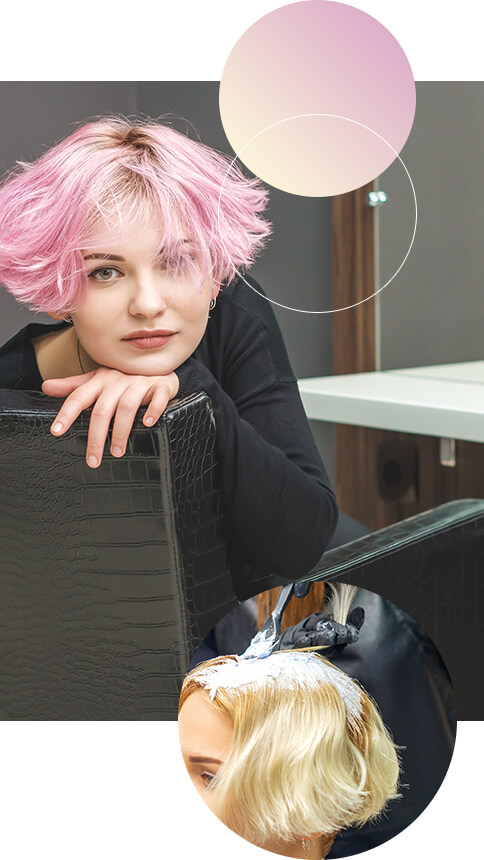
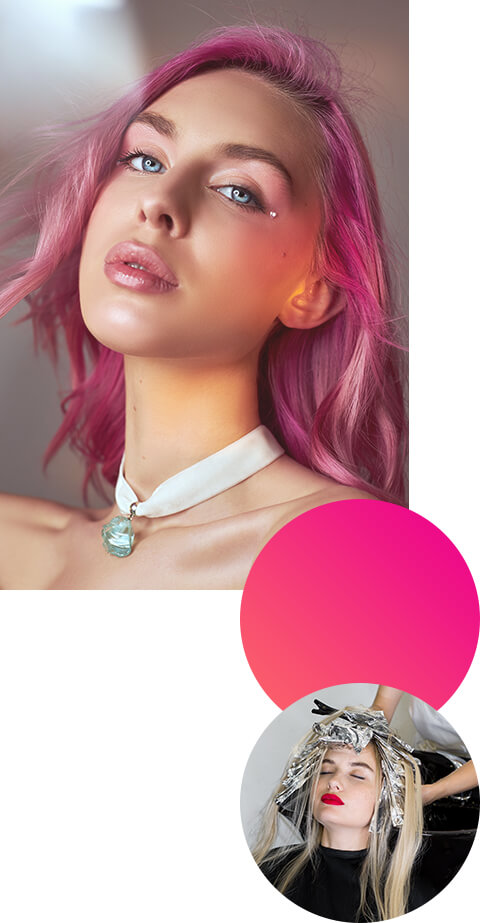

NOW THAT WE UNDERSTAND HOW THEY WORK;
Let's look at the Pros & Cons
We'll start with ammonia-based hair color. Ammonia-based hair color has been used for years and most likely started getting a bad rap because of its strong smell. However, ammonia-based hair color has been proven very safe and there is no research to suggest it causes cancers or hormone disruption.
Ammonia is a smaller molecule which makes it very effective and efficient (also what causes the strong smell). Ammonia gives solid results especially for things such as gray coverage and vibrant or long-lasting color. Also because of the smaller molecule it rinses out of the hair quicker which prevents damage and keeps hair healthier.
Some people do have a sensitivity to ammonia and in that case an ammonia-based hair color would not be a good choice. It's always recommended to do a patch test before using any kind of hair color to make sure you won't have a reaction!


Now for the ammonia- free color.
Ammonia- free makes it sound like a safer alternative to traditional permanent ammonia-based color but because MEA and AMP are a newer addition to hair color there is not as much research on their long-term effects.
MEA and AMP are a larger molecule and although they color hair in much the same way, it has been noted that because of this they don't cover grays as effectively or have the same staying power as ammonia based. A benefit of the larger molecule is that it has a much milder smell.
MEA and AMP do give a great option for people who have a sensitivity to ammonia. It should also be said that demi and semi-permanent hair color options should be your go-to if you do not want to cover grays or go lighter (i.e. you want to stay the same color or go darker). This will be your most gentle option as it does not permanently color your hair.

